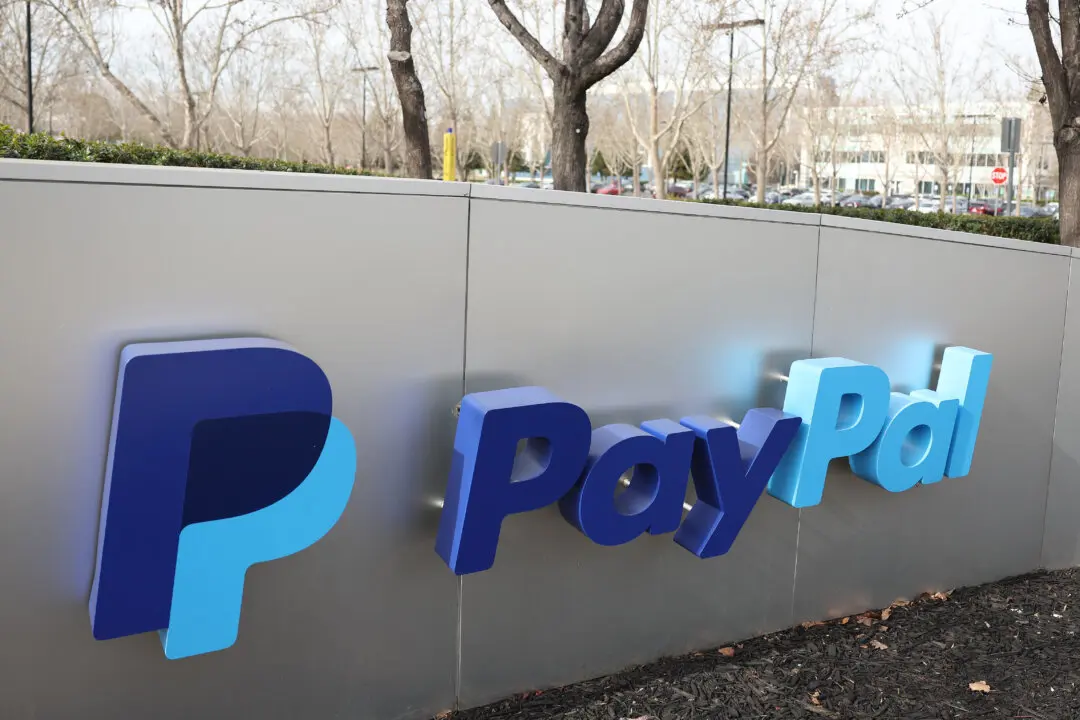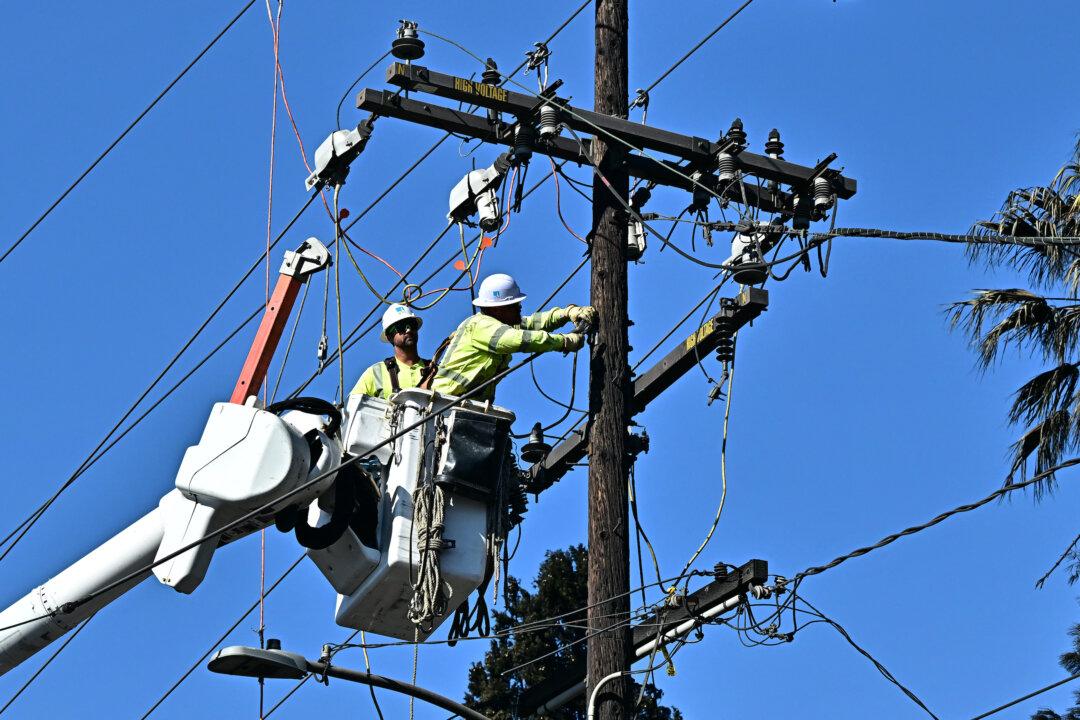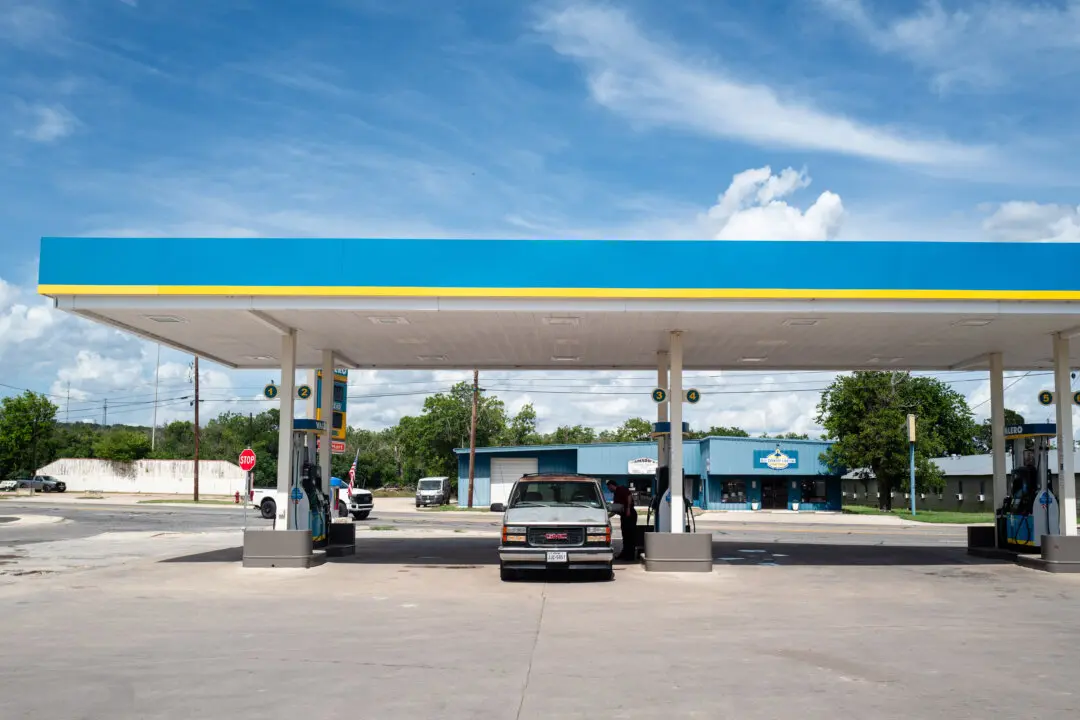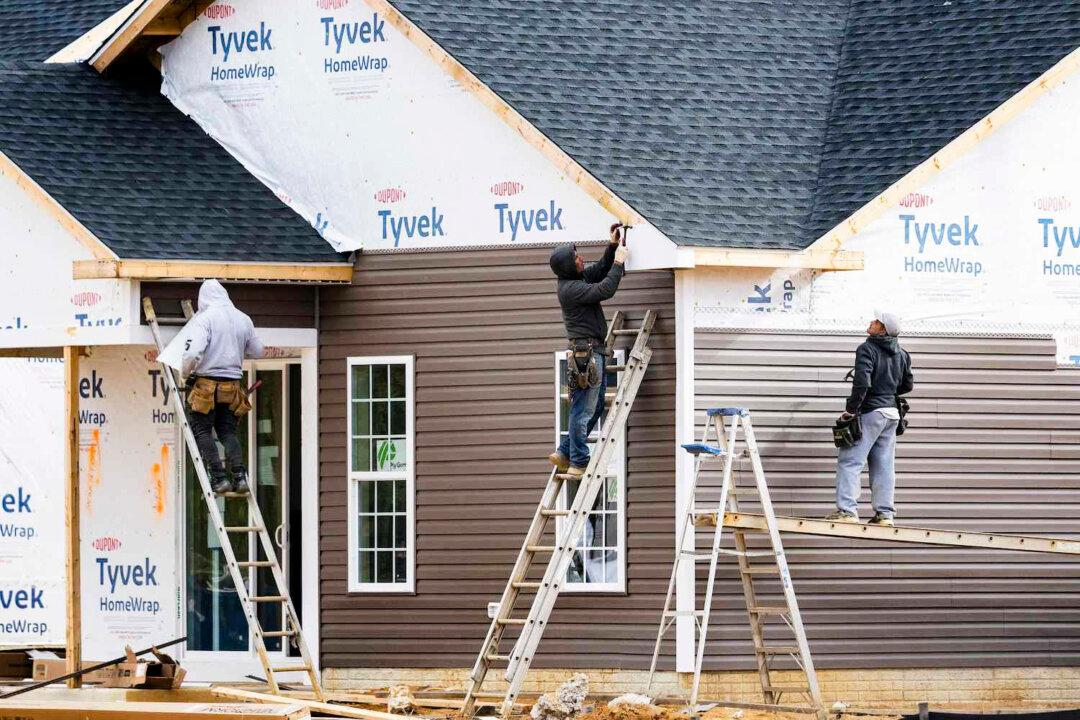Sales of new single-family houses throughout the United States increased by 10.6 percent in July, according to the latest report by the U.S. Census Bureau and the Department of Housing and Urban Development.
These newly constructed homes were at a seasonally adjusted annual rate of 739,000, exceeding the July 2023 estimate of 700,000. The seasonally adjusted estimate of new houses for sale at the end of July was 462,000, representing a supply of 7.5 months.





